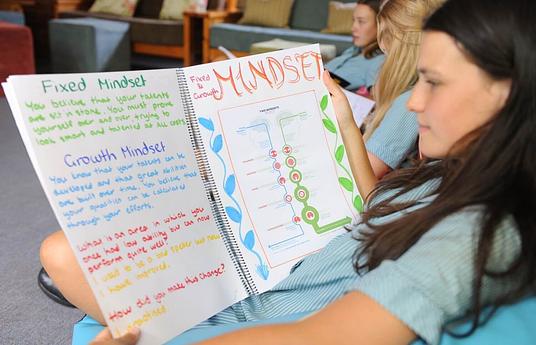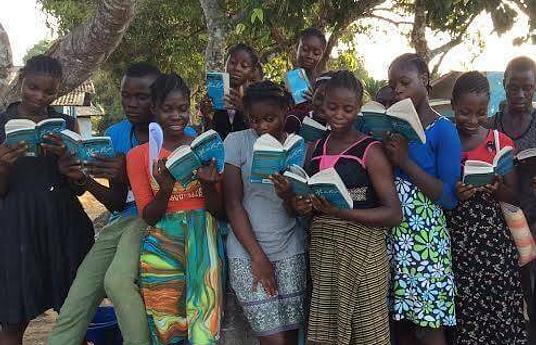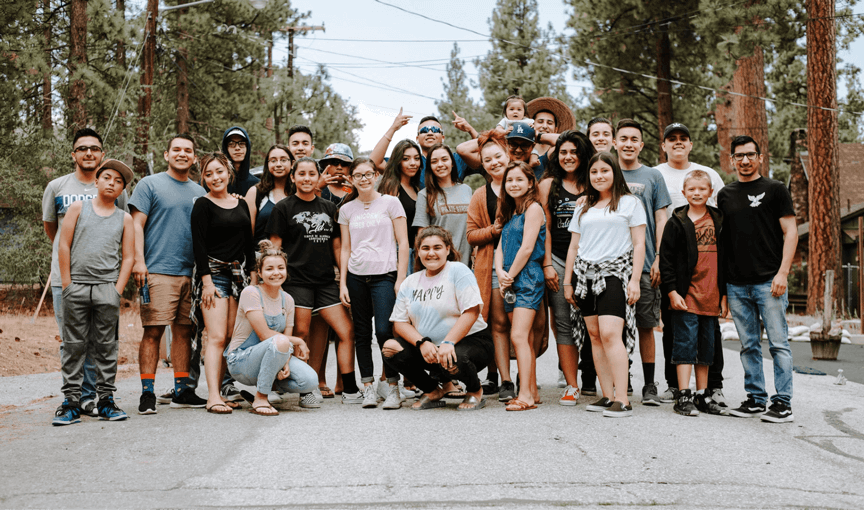Prepare to Close
Wheeling Country Day School is the only independent elementary school in the state of West Virginia. After 80 years in existence, the school found itself a decade ago facing massive financial and enrollment issues. An accreditation report in 2009 recommended we prepare to close within the year. Under new leadership, we created an environment of purpose and nurtured trust first among the faculty and then parents. We put textbooks on the shelves, relegated testing and outcomes to the background and afforded teachers autonomy to create new learning opportunities. A capital campaign revived existing facilities so we had pride in our spaces, but most importantly it provided a faculty enrichment fund, which allowed interested educators to chase their passions and begin integrating innovative ideas into their classrooms. A sense of It's Possible Here began to take root. Early adopters were embraced when presenting a new or weird idea. And they were tasked with spreading the word.
No longer would our small school resign itself to the quiet sidelines of educational transformation. Today we partner with like-minded innovators, both locally and nationally. We do not just attend, but present at conferences. We would become a thought leader for a region in desperate need of such belief.
Creating a Culture of Possibility
A supportive culture of possibility is at the core of all innovative teaching and learning. For any program to take root and achieve its full potential, the soil must be rich. Otherwise, innovative lessons are left at the door of an individual classroom.
Such a purposeful school culture allows students and teachers to experiment and explore in an effort to fail forward, where mistakes and missteps are inevitable but reflection and upcycling of an idea is expected. A teacher evolves into a mentor, facilitator and fellow learner with the autonomy to create engaging and resonant learning experiences.
 Head of school, Elizabeth Hofreuter, challenges the faculty to step out of their comfort zones and embrace their passions in 2015.
Head of school, Elizabeth Hofreuter, challenges the faculty to step out of their comfort zones and embrace their passions in 2015.
Creating such an environment requires leadership to think differently about student and teacher learning. "If you believe that all kids are capable, then you would build environments that really worked hard to sustain engagement and nurture potential," suggests Todd Rose, author of The End of Average. To nurture this environment the school leader also becomes a mentor and fellow learner.
Always curious to learn more and do better, leadership must be willing to ask a few simple questions... why? ... couldn't we at least...? how can I support you?
"Why isn't learning like this all the time?"
Multiplying Pockets of Innovation
At Wheeling Country Day School we saw deep learning happening in our week-long summer camps. Here our teachers were willing to experiment. It felt less risky, made them less vulnerable. For example, Creek Week challenges children to trek knee-deep in our creek to examine evidence of water quality. Even with more than 20 children bent over clipboards drenched in creek water, the teacher was enthralled by challenging questions and everyone was engaged in the task at hand - finding water pennies. A school leader asked, "Why isn't learning like this all the time?" and followed that with "How can I support the teacher to make it happen?" With support, Creek Week turned into a Water Study Project and ultimately into a learning partnership with Ohio State University on Lake Erie.
In a drama elective, another safe zone, a pair of teachers partnered with a community theatre troupe to design a 1940s style, live-action radio show bringing to life historical change makers from our community. Yet another redesigned a long-standing LEGO Robotics competition to incorporate WCDS campus landmarks into the unit and personalize the process using challenges we face every day on our campus that robots could simplify. A third teacher developed a zoology project for third graders in partnership with The Good Zoo at Oglebay. After learning in depth about an animal, nine-year-olds designed and created "toys" to enrich the experience of the animal and zoo visitor.
These placed-based projects allow children to touch history, science, and math while providing a truly intimate perspective and creating a contextual as well as conceptual learning experience. On the other hand, some teachers offered children a chance to learn things they may only dream of but never touch, as preschoolers travel to a new country each week or fifth graders touch the sky with the design, creation and lift off of a weather balloon.
Creating a supportive learning environment
Where our success has completely changed the game, is the work we are doing with struggling learners. In our culture of possibility, we refused to see learners as lazy or blanket them with a message to "try harder." We opened the Center for Multisensory Learning within our school to better understand and nurture the potential within those students who learn differently. Employing Orton-Gillingham and multi-sensory methodologies, we met students where they were and abandoned one-size-fits-all learning in favor of differentiation. Still, a diagnosis of autism or dyslexia makes the total school experience a frightening and confusing place with social and emotional landmines that are difficult to navigate and tolerate. As we know to do, we changed the environment. Learning does not happen in a vacuum, absent of the relationships a child has at school or the beliefs that a child holds about him or herself, so the total environment needs to be modified - the people, the materials, the physical surroundings, and the expectations. We take the principles of universal design for equity into all of our classrooms for all learners. After all the short term needs of a child whose parents are getting divorced are as important as the long term needs of a child living in trauma.
 Science Teacher, Luke Hladek, and 4th grader, Sammie, look at The Great American Eclipse in 2017.
Science Teacher, Luke Hladek, and 4th grader, Sammie, look at The Great American Eclipse in 2017.
What these projects have in common is a combination of passion and authenticity, as well as a blurred edged partnership between educator and learner. Why are they multiplying exponentially year after year? Because the culture and tone is one that asserts It's Possible Here.
From the school's leader to the youngest child each person pushes out of a comfort zone where one must humble oneself to truly learn. That's the lightning in a bottle - every individual as a learner, as a risk taker with a mission to leave something better than we found it and with the scaffolding to support possibility for all kinds of minds.
What's next?
We are opening a deep learning middle school. It will be an innovation like our area hasn't seen. A comprehensive approach to teaching and learning, the middle school will discard departmentalization in order to embrace a student-centered approach to developing the content mastery, communication and thinking skills and social emotional competencies for success. Learning from our mistakes and progress in the projects described above, we are creating a safe environment that allows teachers to empower student agency but also challenge students and support them when they struggle.
Before you think this is too hard for your school, remember we are doing this in a city of 26,000 people with the demographics being such that a progressive independent school should not exist. We are in a state that ranks 47th in education in some polls, yet it was possible here because we did that one courageous thing - we started.



